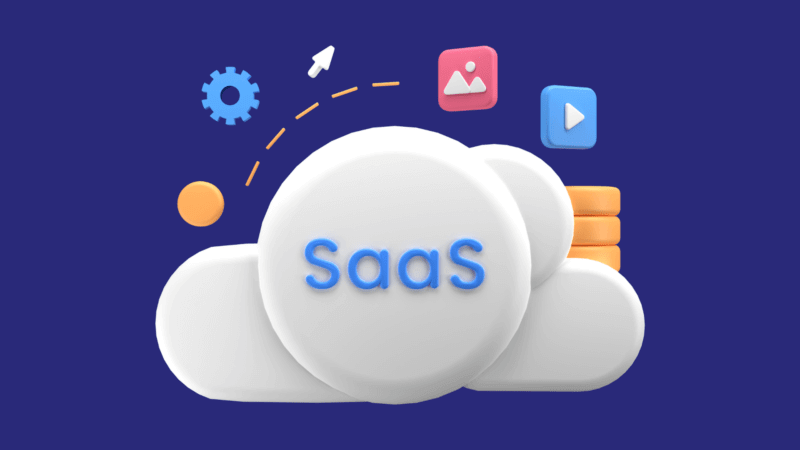A dedicated bare metal cloud allows you to control everything from the infrastructure upwards, without owning or operating the wider public internet or datacentres.
How is a bare metal cloud different from dedicated servers?
A dedicated server is just one component of a bare metal cloud. A dedicated server is a standalone server, with a given specification. The customer has complete administrative access to the server.
A bare metal cloud represents the whole infrastructure environment – which may include multiple dedicated servers, some of which may in turn be running virtualisation technology. It can also include as proprietary devices such as storage, load balancers, or firewalls.
Ready to deploy on bare metal? Create your free account and start configuring your bare metal servers here.
It is often the case that bare metal cloud environments will have customised networking requirements – private connectivity to storage devices using iSCSI or fiberchannel, high throughput and low latency connectivity between servers, as well as a dedicated connection to the public internet.
A bare metal cloud can span multiple datacentres, and can be part of a ‘hybrid cloud’ environment that has both a bare metal cloud and connection to a public cloud – as such Amazon’s AWS or Microsoft’s Azure.
What are the benefits of a bare metal cloud versus the public cloud?
There is no ‘on-size-fits-all’ answer as to when a bare metal cloud is better than a public cloud, as every organisation has different requirements from their hosting platforms. This makes it vital to draw upon expertise to determine how best to architect your solution.
Some aspects of a bare metal cloud can’t be replicated in a public cloud, such as:
It is cheaper than a public cloud environment
There is complete control over the specification of the physical environment, which can be used to fully customise the environment and yield performance gains for the platform. Particularly useful for companies offering software as a service, who can gain a USP over their competitors by customising their environment
There is more predictability and control over costs of the hosting environment
There is more commercial flexibility from dealing with a bare metal cloud provider that is providing a non-productised platform
When is the public cloud better?
Broadly speaking, public cloud trumps bare metal when:
An application has huge scalability requirements and unpredictable workloads, such as Netflix or Amazon.com
The organisation does not have, or want to have, the technical expertise to manage for the environment
The cloud is being used for small, ad-hoc development tasks that can utilise free credits from a public cloud provider
An organisation has made a strategic decision not to control or manage the physical hosting environment and are happy to pay a premium to hand-off that responsibility to the public cloud provider
There is no competitive advantage to be gained from optimising the physical hosting environment for applications
Can I have both?
Absolutely. A number of organisations, large and small, are running a hybrid environment. Hybrid solutions can cater for the ad hoc nature of a development platform in the public cloud, but with a production environment with known workloads in a bare metal cloud that has been optimised for the applications.
This approach:
Minimises costs
Matches workloads to the most suitable environment
Provides the ability to customise and flex the bare metal cloud to optimise performance and gain competitive advantage in the market




